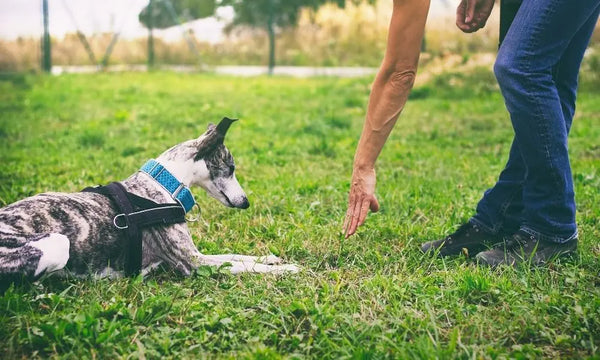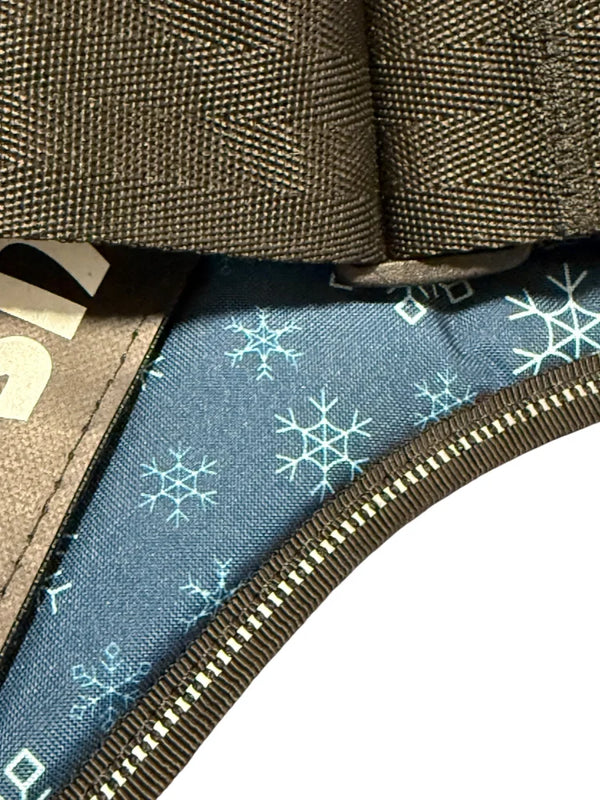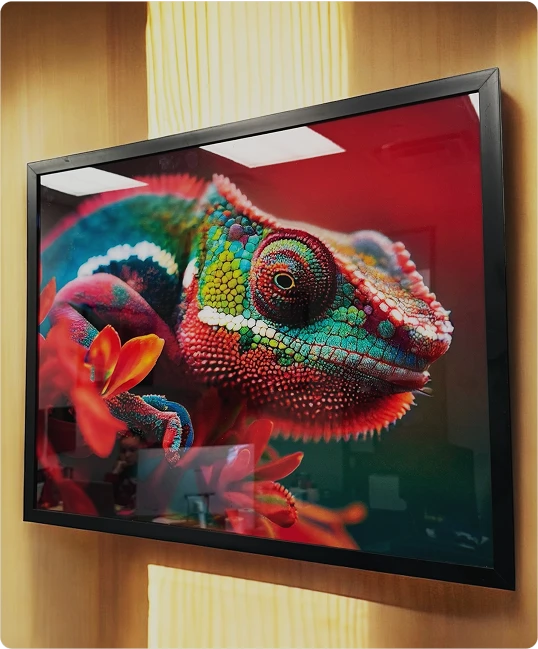
Dog Training Commands You Need To Know
We all envy the dog owners who can head out on a walk with their pup, maybe leash-less, and don’t have to worry about them sprinting away and disobeying. In general, most dog owners want a dog who listens to their every command and instruction, but that’s not something that happens with zero effort. Your job as a dog owner is to help your pet transform into that obedient friend. But how do you get there?
People will provide a lot of advice. It often varies—every dog is different. More often than not, however, you’ll hear the importance of commands. It’s the essential discipline and respect that the owner gives to the dog. It’s not just about controlling the dog; rather, it’s refining the communication between pet and owner. Thus, it can make both lives easier and more enjoyable.
Below, you’ll find some of the most important dog training commands we think you need to know. From the typical “sit,” to the essential “watch me,” teaching your dog these commands can make a huge difference on the relationship between you and your pet.
“Sit”
As one of the most basic training commands, sitting on cue is something that we expect all dogs to do. That said, some people rely on a dog’s innate nature to sit, but may not realize that it’s not ingrained in the pup’s mind every time “sit” is spoken. So, how do you make the “sit” command reliable?
As is the key with any successful command, you’ll want to practice the following in short bursts. When your dog is standing calmly, hold a treat near their nose. Shortly after, move your hand slowly over the shape of their hand—at this point, the dog’s head will rise as it follows your hand, leading their bottom to hit the flow. A sitting position has been reached—give them plenty of praise and reward with treats.
Practice in bursts, and then add in the word “sit” when they move into the sitting position. Once you think that’s mastered, try the command without a treat. Give praise when they sit!
“Down”
Getting your pup to lie down is about using the correct terminology. A lot of the time, this command can get confusing for our pets because we end up saying “down” for a variety of actions. We say “down” when we want them to lie down, but we also say it when we want them to get off the sofa or when they’re pawing at our legs. For those moments, you’ll want to use commands like “off.” Just make sure to stay consistent.
For this command to work, you want to show your dog a little bit of the treat in your hand. Once they see it, place your hand flat on the floor with the treat underneath. As pups do, they’ll try everything they can to get the treat—even lying down. When they do, give them the treat and all the praise.
Again, practice makes perfect, so keep at it, and soon they’ll learn that your hand on the floor means “lie down.” Once they recognize that motion, then you can start adding the word “down.”
“Come”
Though we all want our dogs to sit and lie down when told, one of the most important dog training commands you need to know is “come.” Also known as the “recall,” the key to success on this command is starting early. It’s helpful for moments in public, moments when your pup is misbehaving, and so much more.
To teach this one, you’ll need a friend’s help. Ask your friend to kneel on the floor, with your dog in a sitting position close by. Then call to your pup enthusiastically from close by—use their name, say the word “come,” and since they won’t have far to go, rejoice excitedly.
Next time, sit a few paces away, and try again. Each time your dog comes to you, give them a treat, in addition to tons of praise. For this command, don’t spend too long practicing at one time. Practice for short bursts, but practice often. Once they start coming on command, start calling for them even when they can’t see you. Use it in the home, and then in the garden, and finally to the park!
“Stay”
You worked so hard on “come,” and now you’re getting to the tough commands—“stay” is often considered one of the most challenging cues to teach dogs. Many dogs, especially when they’re still puppies, hate having to sit still. So, the key to mastering this one is short and frequent training sessions. They’re excitable in nature but can be tamed—you just have to muster up some patience.
This cue works in waves. First, you’ll want to start with “down-stay,” and ask your dog to lie down. When they’re lying down, say “stay” in a very steady voice, with your hand out in front of you and your palm facing forward. If your dog stays, reward them with praise; practice this several times.
Then, ask them to lie down, take a step back, and state “stay.” Wait a few seconds, and then step forward and reward them. Gradually, you’ll increase the distance and the length of time before you reward. Once they’ve mastered “down-stay,” then you can level up to “sit-stay” and “stand-stay.” Go slow, don’t shout if they break “stay,” and soon they’ll stay even when praise isn’t forthcoming.
“Watch Me”
The last command we’ll talk about today is “watch me.” This is a wonderful cue to teach because it can help training on other commands run smoother. It helps establish and maintain a strong connection between you and the pup, which goes a long way when it comes to command practice.
To teach this cue, keep eye contact with your dog while offering a treat in your hand. Move your treat-filled hand from the dog’s nose up toward your face. When he watches you, give the command “watch me.” Start with slow movements, and then build your way up to more “hectic” situations and then state, “watch me.” Stay patient—this is a tough one when things get excitable!
These dog commands should help your dog pick up on future ones faster. Remember to stay patient! When they seem comfortable, the final test is always to take them to a dog park or a busy area to see how they maintain their composure. Make sure to have a Julius K-9 high-quality dog collar with you, in case things don’t go smoothly. These will keep your pet safe even when they get excited—and they’re perfect for training. Shop our products now and see how they can help!




